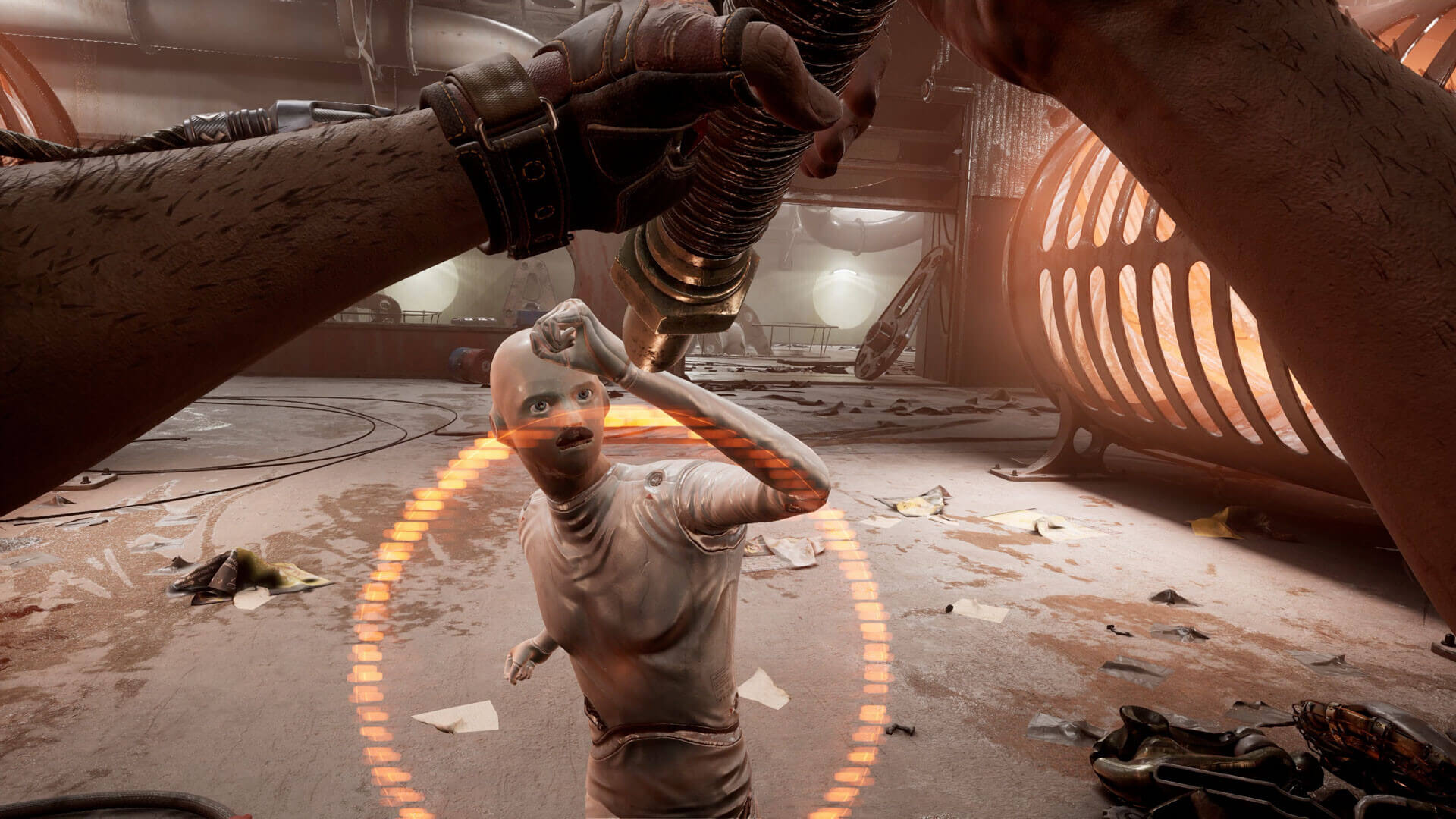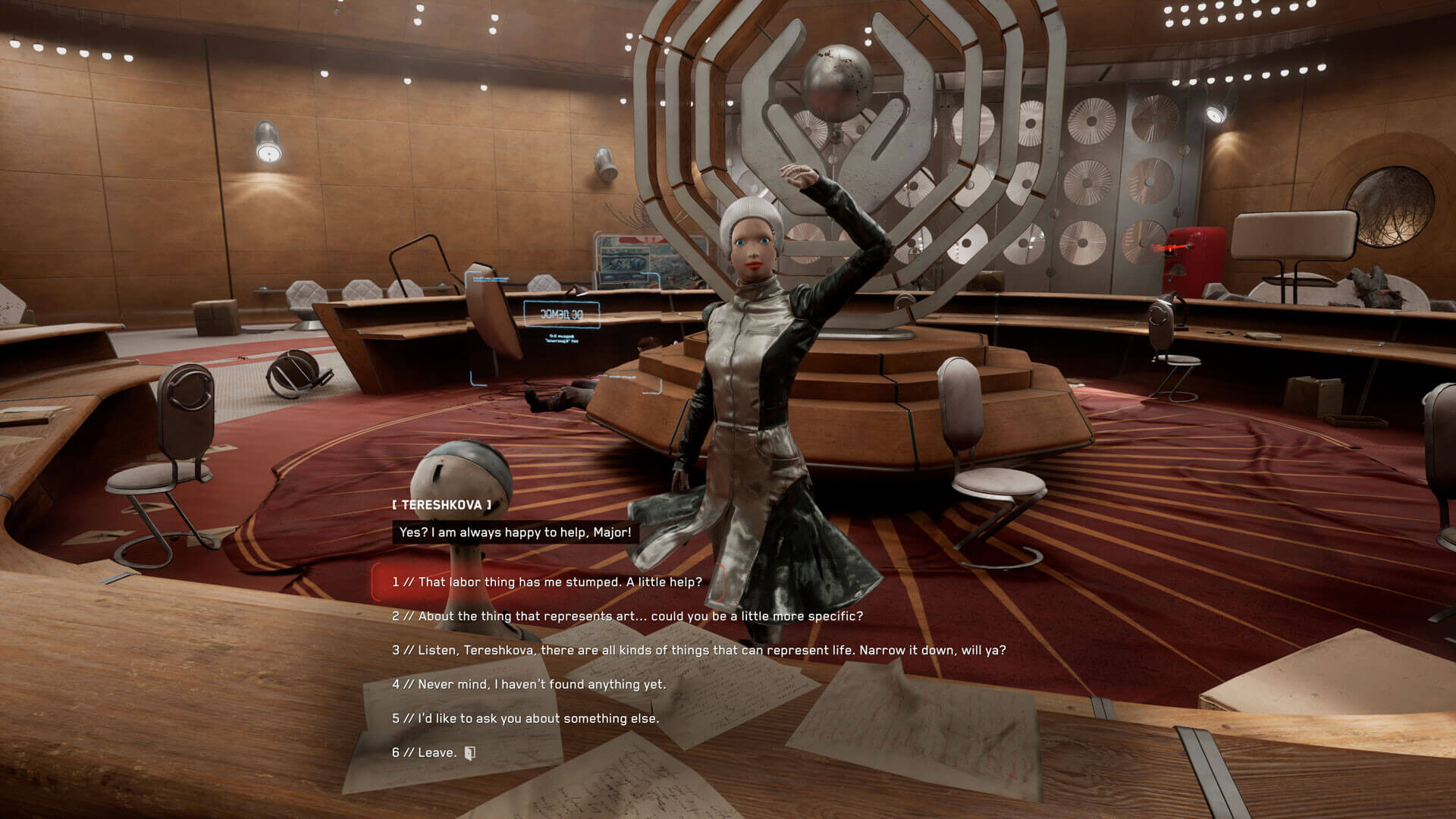Atomic Heart Review
Atomic Heart seems proud of its unpredictable nature. Even the trailers' visually diverse nature have not captured what's going on underneath. In this review, we will take a look at what to expect from the very ambitious debut from Mundfish.
- Visually impressive graphics
- Interesting setting of an alternate 1950s Soviet Union
- Humorous characters and jokes
- Not a lot of flexibility in gameplay
- Not enough historical reflection
Everything You Need to Know About Atomic Heart
Story
This story is set in 1955, an alternate version in which the Soviet Union has won World War 2. It has also become a technological superpower. The USSR became a communist paradise with intelligent robots that co-exist with humans after creating polymer, a marvel material. After one errant hack, all goes south. The machines become murderous monsters bent on killing the protagonist, an agent of intelligence tasked to find the culprit.
This utopian universe used to be full of wonders and perfection, though. Humans lived in harmony with their robot companions. At least, this is how it used be. The launch of the latest robotic-control system is just days away. Only a tragic accident, or a global conspiracy, could bring it down… Secret experiments and technology have led to the creation of mutant creatures, terrifying machines, and superpowered robotics. All these things are suddenly rebelling against creators. Only you have the power to stop them and reveal what lies beneath the idealized world.
Gameplay
Atomic Heart may be exciting, but I was never given the impression that it is going to live up the expectations we have about the gameplay. The game is a Russian-made game, which clearly draws its inspiration from BioShock. So I personally had high expectations for some historical reflection. The Soviet Union seem to be a source for nothing but visual imagination.
The players can be able to divide the game into two parts: a few hours in a fairly linear intro section and one hour to muck about in the open world. The intro section was pure BioShock: offering a little room for exploration, with material and story rewards for those diligent enough to poke their noses into every nook and cranny, but mostly a series of corridors that funneled the player inexorably through the plot.
You have more power and tools when you reach the open world. The rolling green overworld offers you the chance to simply run from your problems. This is the point where you can forget your main quest. You can drop a waypoint onto an interesting-looking location on the map, and then go explore it. I chose to explore an abandoned science lab, which turned out to be a collection platforming puzzles where you had to use your powers to raise or lower platforms.
Is Atomic Heart Funny?
The game was actually really hilarious, which I can’t say that I expected. Whether it's the rocket-launcher-toting grandma or the tediously horny weapons upgrade robot that turns every interaction into an extended gag about 'inserting' materials, Atomic Heart is inescapably zany. Major Nechaev and Charles, the AI companion, provide a lot of the humor.
Graphics
Atomic Heart looks fantastic. You can imagine the same pomaded, pearly-toothed optimism associated with the 1950s USA, but in your own reality. Then, take that optimism and transform it into a world filled with towering Stalinist skyscrapers as well as cloyingly-helpful robotics. The trailers aren't deceitful. The game is truly visually impressive.
Is it worth playing?
Atomic Heart's narrative was not compelling to me. Its humor was alright and its gameplay, despite all its beautiful and brilliant influences, never offered me the flexibility I need from an immersive sim. Now, you tell me if it’s worth playing. I guess we will have to wait until the launch to have the full experience and decide for ourselves.


